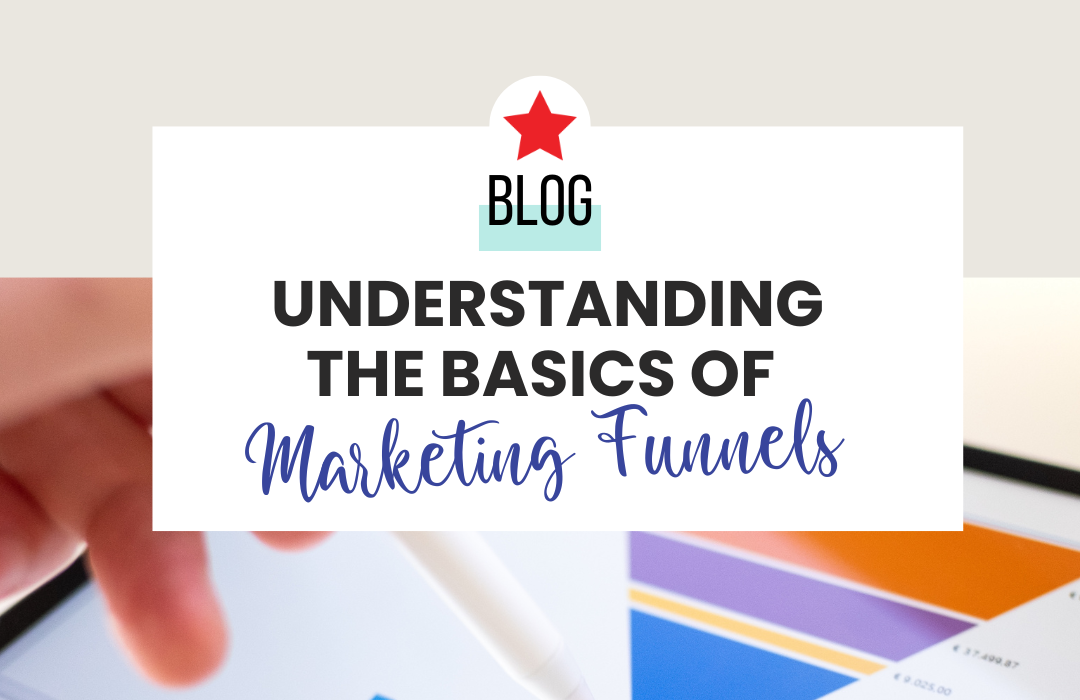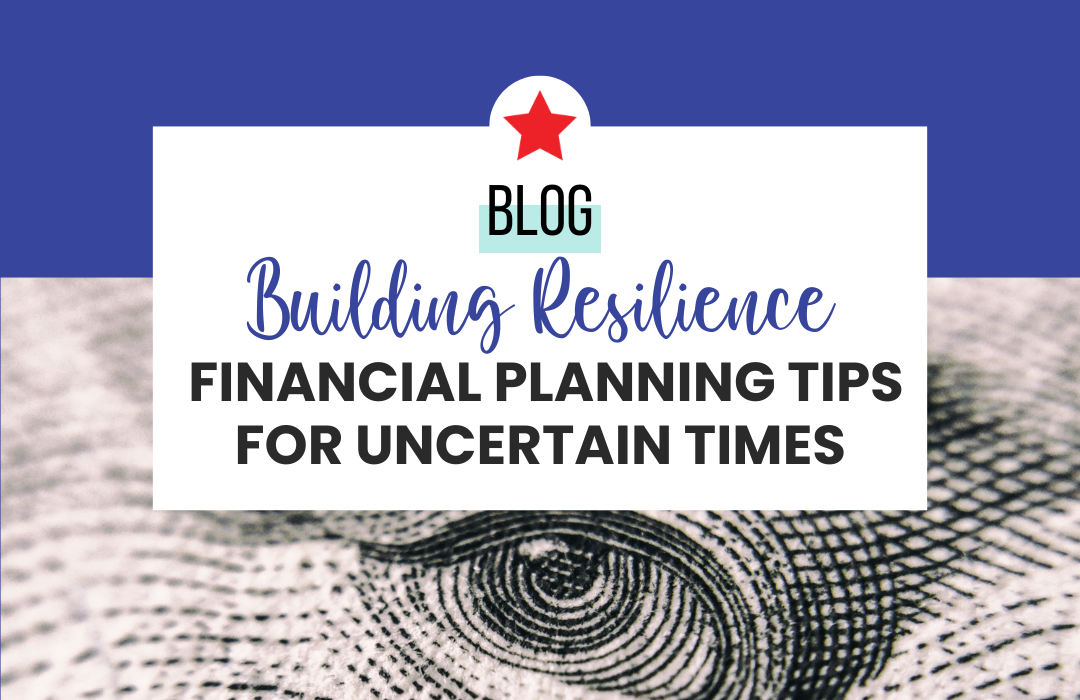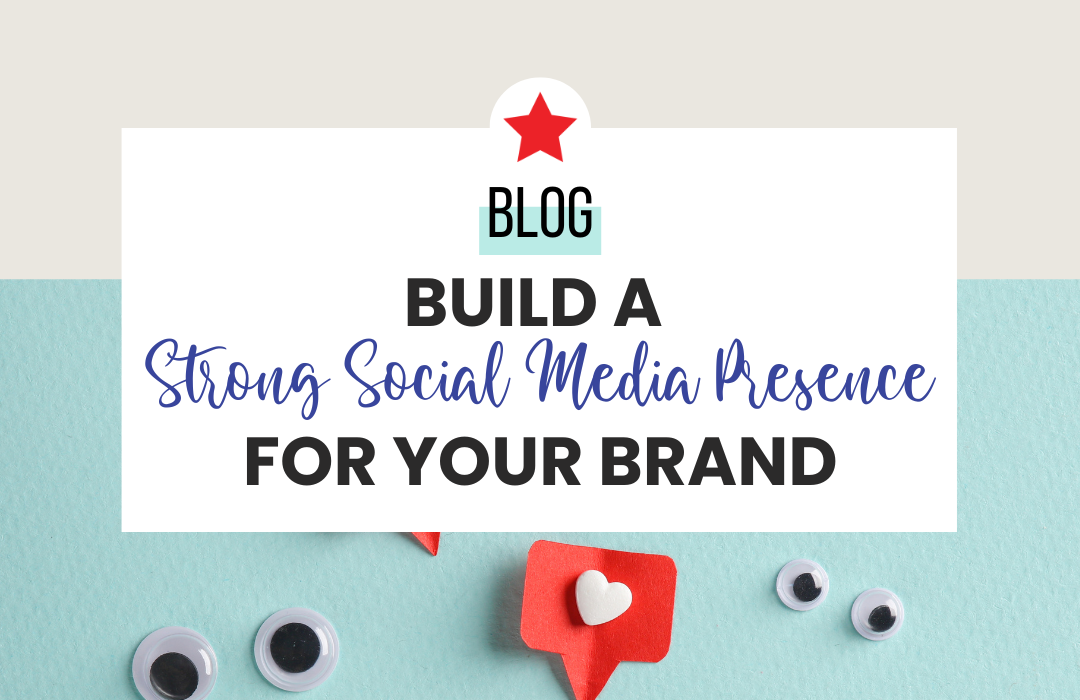[et_pb_section fb_built=”1″ _builder_version=”4.13.0″ _module_preset=”default” global_colors_info=”{}”][et_pb_row _builder_version=”4.13.0″ _module_preset=”default” global_colors_info=”{}”][et_pb_column type=”4_4″ _builder_version=”4.13.0″ _module_preset=”default” global_colors_info=”{}”][et_pb_text _builder_version=”4.13.0″ _module_preset=”default” global_colors_info=”{}”]
Understanding how to attract, engage, and convert potential customers is crucial for digital marketing. The most effective framework to achieve this is the marketing funnel. A marketing funnel outlines the journey customers take from the moment they become aware of your brand to the point of purchasing and beyond. This blog post aims to demystify marketing funnels, explain their importance, and provide actionable insights to optimize your marketing strategies.
What is a Marketing Funnel?
Also known as a sales funnel or conversion funnel, a marketing funnel is a visual representation of the stages a potential customer goes through before making a purchase. The funnel is wide at the top and narrows down as the customer moves through different stages, reflecting the decrease in prospects as they progress.
Stages of the Marketing Funnel
A deep dive into each stage of the marketing funnel reveals the specific goals, tactics, and metrics that guide prospects towards conversion. Understanding these stages is crucial for creating targeted marketing strategies.
Awareness
Goal: Attract a broad audience and make them aware of your brand or product.
Strategy:
- Content marketing: Blog posts, videos, infographics
- Social media: Engaging posts, influencer partnerships
- SEO: Optimizing website content for search engines
- Paid advertising: Google Ads, social media ads
Metrics: Impressions, reach, website traffic
The awareness stage is all about getting your brand in front of as many eyes as possible. The goal is to create content and run campaigns that resonate with a wide audience and drive traffic to your website or landing pages.
Interest
Goal: Engage potential customers and generate interest in your offerings.
Strategy:
- Email marketing: Newsletters, follow-up emails
- Retargeting ads: Targeting visitors who have shown initial interest
- Informative blog posts: In-depth articles and guides
- Webinars: Educational sessions and product demonstrations
Metrics: Click-through rates, time spent on site, engagement rates
At the interest stage, your goal is to build a connection with your audience. Providing valuable, relevant content and staying in touch through email marketing and retargeting ads can help maintain their interest and keep them engaged with your brand.
Consideration
Goal: Educate prospects about your products and convince them to consider a purchase.
Strategy:
- Product demos: Live demonstrations and video tutorials
- Case studies: Success stories from existing customers
- Customer testimonials: Reviews and feedback
- Comparison guides: Detailed comparisons with competitors
Metrics: Conversion rates, demo requests, lead forms completed
In the consideration stage, prospects are evaluating their options. By offering detailed information, case studies, and testimonials, you can help them understand the benefits of your product and how it compares to others in the market.
Intent
Goal: Encourage prospects to show clear intent to purchase.
Strategy:
- Free trials: Limited-time access to your product
- Discount offers: Special promotions and deals
- Detailed product information: Comprehensive product descriptions and features
- Reviews: Positive feedback and ratings from customers
Metrics: Cart additions, wishlist additions, email sign-ups
The intent stage is where prospects are on the verge of making a decision. Providing incentives like free trials and discounts, along with detailed product information and positive reviews, can help nudge them towards making a purchase.
Evaluation
Goal: Assist prospects in making the final decision to purchase.
Strategy:
- Personalized follow-ups: Tailored messages and offers
- Live chats: Real-time assistance and support
- Customer support: Responsive helpdesk and FAQs
Metrics: Sales calls, product page visits, interaction with sales team
During the evaluation stage, prospects are finalizing their decision. Offering personalized follow-ups, live chat support, and excellent customer service can help address any last-minute concerns and seal the deal.
Purchase
Goal: Convert prospects into paying customers.
Strategy:
- Seamless checkout process: Easy and secure payment options
- Multiple payment options: Credit card, PayPal, etc.
- Confirmation emails: Order confirmations and receipts
Metrics: Sales, revenue, conversion rate
The purchase stage is where the transaction happens. Ensuring a smooth and hassle-free checkout process, along with prompt confirmation emails, can enhance the buying experience and reduce cart abandonment.
Loyalty
Goal: Retain customers and encourage repeat purchases.
Strategy:
- Loyalty programs: Rewards and points systems
- Exclusive offers: Special deals for returning customers
- Customer feedback: Surveys and reviews
Metrics: Repeat purchase rate, customer lifetime value (CLV), referral rate
The loyalty stage focuses on retaining customers and fostering long-term relationships. Implementing loyalty programs, offering exclusive deals, and collecting feedback can help keep customers engaged and coming back for more.
Advocacy
Goal: Turn satisfied customers into brand advocates who promote your business.
Strategy:
- Referral programs: Incentives for referrals
- Social proof: Sharing positive reviews and testimonials
- Engaging with customers on social media: Building a community
Metrics: Referrals, social shares, reviews
In the advocacy stage, the goal is to turn happy customers into brand advocates. Encouraging referrals, leveraging social proof, and actively engaging with your customer base can amplify your brand’s reach and credibility.
By understanding each stage of the marketing funnel, businesses can tailor their strategies to meet the needs and behaviors of potential customers at each phase. This targeted approach ensures that marketing efforts are efficient and effective, ultimately leading to higher conversion rates and sustained customer loyalty.
Why Are Marketing Funnels Important?
Marketing funnels are essential because they provide a structured approach to understanding and optimizing the customer journey. Here’s why they matter:
Benefits of Marketing Funnels
Clarity and Focus
Funnels help businesses understand where prospects are in the buying process and tailor their strategies accordingly. This clarity ensures that marketing efforts are targeted and effective.
A well-defined funnel allows you to pinpoint the exact stage where prospects might be dropping off, enabling you to make necessary adjustments. This focused approach helps in allocating resources efficiently and increasing the chances of conversion.
Improved Customer Experience
By addressing the specific needs and pain points of customers at each stage, businesses can provide a seamless and satisfying customer experience. This leads to higher engagement and conversion rates.
Understanding the customer journey allows you to anticipate and respond to their needs effectively. By delivering relevant content and support at each stage, you can enhance their experience and build a stronger relationship with your brand.
Measurable Results
Funnels allow businesses to track key metrics and performance indicators at each stage. This data-driven approach helps in identifying areas of improvement and making informed decisions.
With a marketing funnel, you can track metrics like conversion rates, engagement levels, and customer retention. Analyzing this data helps in understanding what works and what doesn’t, allowing you to refine your strategies for better results.
Optimized Marketing Strategies
With a clear understanding of the customer journey, businesses can optimize their marketing strategies to maximize conversions and revenue. This includes refining content, improving user experience, and leveraging automation tools.
A well-optimized funnel ensures that each stage is aligned with the overall marketing goals. By continuously testing and refining your strategies, you can enhance the effectiveness of your campaigns and drive sustainable growth.
Steps to Build a Marketing Funnel
Creating an effective marketing funnel requires a strategic approach and a deep understanding of your target audience. Here are the steps to build a successful funnel:
Step 1: Identify Your Target Audience
Conduct market research to understand your audience’s demographics, preferences, and behaviors. Create detailed buyer personas to guide your marketing efforts.
Knowing your audience is the first step in creating a successful funnel. Detailed buyer personas help in tailoring your marketing messages and strategies to resonate with your target audience.
Step 2: Map the Customer Journey
Outline the stages your customers go through from awareness to purchase and beyond. Identify the key touchpoints and interactions at each stage.
Mapping the customer journey helps in understanding the various interactions prospects have with your brand. This comprehensive view allows you to create targeted content and campaigns for each stage.
Step 3: Develop Relevant Content
Create content that addresses the needs and pain points of your audience at each stage of the funnel. Use a mix of formats such as blog posts, videos, infographics, and emails.
Content is the backbone of your marketing funnel. By providing valuable and relevant content at each stage, you can guide prospects through the funnel and keep them engaged with your brand.
Step 4: Implement Marketing Automation
Use marketing automation tools to streamline and personalize your marketing efforts. Automate email campaigns, lead scoring, and follow-ups to nurture prospects effectively.
Automation tools help in managing and optimizing your marketing efforts. By automating repetitive tasks, you can focus on creating personalized experiences for your prospects, leading to higher engagement and conversion rates.
Step 5: Optimize for SEO
Ensure your content is optimized for search engines to attract organic traffic. Use relevant keywords, meta descriptions, and quality backlinks.
SEO is crucial for driving organic traffic to your funnel. By optimizing your content for search engines, you can increase your visibility and attract more prospects to your website.
Step 6: Leverage Social Media
Use social media platforms to reach and engage your target audience. Share valuable content, run targeted ads, and interact with followers.
Social media is a powerful tool for building awareness and engaging with your audience. By sharing valuable content and running targeted ads, you can attract and nurture prospects effectively.
Step 7: Analyze and Refine
Continuously monitor and analyze the performance of your funnel. Use analytics tools to track key metrics and identify areas for improvement. A/B test different strategies and refine your approach based on the results.
Regular analysis and refinement are essential for maintaining an effective marketing funnel. By continuously testing and optimizing your strategies, you can improve your funnel’s performance and drive better results.
Understanding and implementing marketing funnels is crucial for driving customer conversions and business growth. By mapping out the customer journey, creating relevant content, and leveraging data-driven insights, businesses can optimize their marketing efforts and provide a seamless experience for their audience. A well-crafted marketing funnel not only attracts and converts prospects but also nurtures loyal customers who advocate for your brand. Start building your marketing funnel today and watch your business thrive.
This comprehensive guide should give you a thorough understanding of marketing funnels and how to optimize them for your business. Remember, the key to a successful marketing funnel lies in continuously refining your strategies and adapting to the changing needs of your audience.
[/et_pb_text][/et_pb_column][/et_pb_row][et_pb_row _builder_version=”4.13.0″ _module_preset=”default” global_colors_info=”{}”][et_pb_column type=”4_4″ _builder_version=”4.13.0″ _module_preset=”default” global_colors_info=”{}”][et_pb_code _builder_version=”4.13.0″ _module_preset=”default” global_colors_info=”{}”]
[/et_pb_code][/et_pb_column][/et_pb_row][et_pb_row _builder_version=”4.13.0″ _module_preset=”default” global_colors_info=”{}”][et_pb_column type=”4_4″ _builder_version=”4.13.0″ _module_preset=”default” global_colors_info=”{}”][et_pb_post_slider include_categories=”current” _builder_version=”4.13.0″ _module_preset=”default” global_colors_info=”{}”][/et_pb_post_slider][/et_pb_column][/et_pb_row][et_pb_row column_structure=”1_2,1_2″ _builder_version=”4.13.0″ _module_preset=”default” global_colors_info=”{}”][et_pb_column type=”1_2″ _builder_version=”4.13.0″ _module_preset=”default” global_colors_info=”{}”][et_pb_image src=”https://sparkbusinessconsulting.com/wp-content/uploads/2024/08/August-Blog-Template-2.png” title_text=”August Blog Template #2″ _builder_version=”4.13.0″ _module_preset=”default” global_colors_info=”{}”][/et_pb_image][/et_pb_column][et_pb_column type=”1_2″ _builder_version=”4.13.0″ _module_preset=”default” global_colors_info=”{}”][et_pb_image src=”https://sparkbusinessconsulting.com/wp-content/uploads/2024/08/August-PIN-Quote-White.png” title_text=”August PIN Quote-White” _builder_version=”4.13.0″ _module_preset=”default” global_colors_info=”{}”][/et_pb_image][/et_pb_column][/et_pb_row][/et_pb_section]









